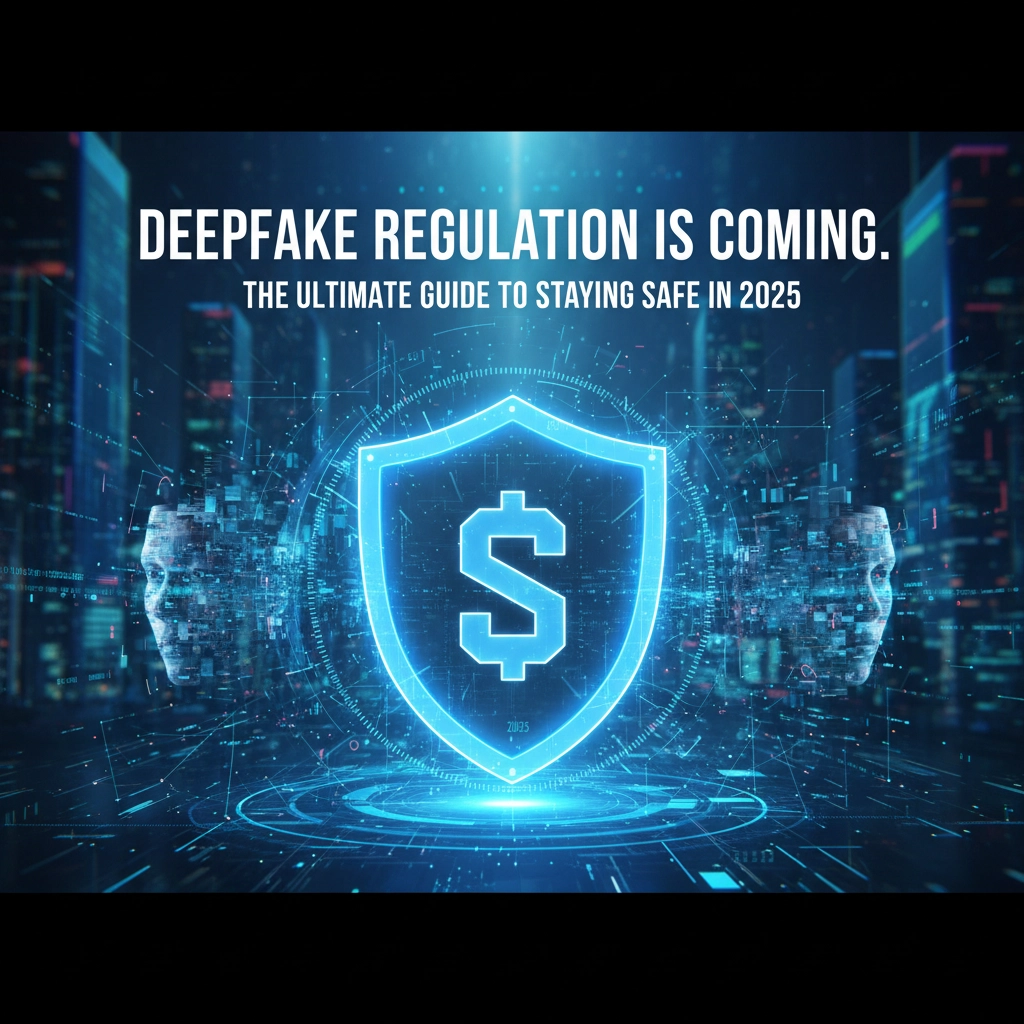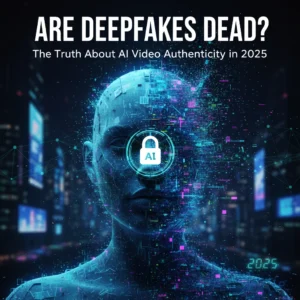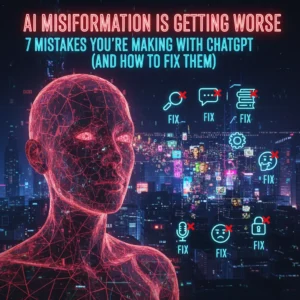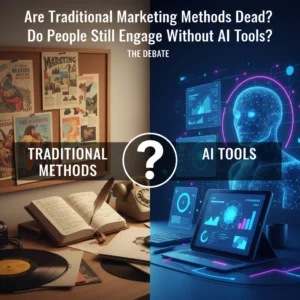Ever wonder if that celebrity endorsement video you just watched is real? Or if your boss actually said those things in that leaked audio clip? Welcome to 2025, where deepfake regulation has finally caught up with the technology that's been fooling us for years.
Here's the reality check: we're living through the biggest wave of deepfake legislation in history. From the EU's AI Act to brand-new US federal laws, governments worldwide are scrambling to protect us from AI-generated fake content. And honestly? It's about time.
The Regulatory Tsunami That's Already Here
Let's cut to the chase – deepfake regulation 2025 isn't coming anymore. It's here, and it's massive.
Just this year, President Trump signed the TAKE IT DOWN Act into law, making it the first US federal legislation specifically targeting harmful deepfakes. But that's just the tip of the iceberg. Get this: 47 out of 50 US states now have deepfake laws on the books. Only Alaska, Missouri, and New Mexico are still playing catch-up.
Over in Europe, things are moving even faster. Denmark just passed a groundbreaking law that treats your face and voice like intellectual property – meaning anyone who creates a realistic AI version of you without permission is basically committing theft. Pretty wild, right?

The numbers tell the whole story. By mid-2025, half of all businesses had dealt with fraud involving AI-altered audio and video. When fake content starts hitting corporate bottom lines, you know lawmakers are going to pay attention.
What These New Tech Laws AI Actually Mean for You
The TAKE IT DOWN Act is probably the most important piece of deepfake regulation 2025 has brought us. Here's what it actually does:
For Non-Consensual Content: If someone creates intimate deepfakes of you, platforms now have 48 hours to remove them once you report it. No more waiting weeks while harmful content spreads.
Criminal Penalties: Creating harmful deepfakes can now land you in federal prison for up to three years, plus hefty fines. The penalties get even worse if you're a repeat offender or if you're targeting minors.
Platform Requirements: By May 2026, any website that hosts user content must have a clear system for people to report deepfakes and get them taken down fast.
Denmark's approach is even more interesting. They've made it illegal to share any AI-generated realistic imitation of someone without their consent – even after they die. Your family can protect your likeness for 50 years after you're gone. The only exceptions? Parody and satire get a pass.
How to Spot Deepfakes Like a Digital Detective
All these new laws are great, but your first line of defense is still your own eyes and ears. Here's how to spot deepfakes in 2025:
Visual Red Flags:
- Weird blinking patterns or eyes that don't track naturally
- Facial expressions that don't match the emotion in the voice
- Inconsistent lighting or shadows on the face
- Hair or clothing that seems to "float" or move unnaturally
- Mismatched skin tones around the hairline or jaw
Audio Warning Signs:
- Robotic or slightly unnatural speech rhythm
- Words that don't quite match lip movements
- Background noise that cuts in and out strangely
- Breathing patterns that seem off

Here's a real-world example: Last month, a friend of mine thought she'd received a voicemail from her bank asking for account verification. Something felt off about the way the "representative" pronounced certain words. She called the bank directly and discovered it was a deepfake scam targeting customers. Her gut instinct saved her from potential fraud.
Your Digital Security Game Plan
Protecting yourself from deepfakes isn't just about spotting them – it's about preventing them from being made in the first place. Here's your AI safety checklist:
• Lock down your social media: Review your privacy settings and limit who can see your photos and videos. The fewer images of you floating around online, the harder it is for someone to create a convincing deepfake.
• Watermark important content: If you're creating videos or audio for business, consider using digital watermarking tools that make it harder to manipulate your content.
• Verify before you trust: Got a suspicious video or audio message? Call or text the person directly to confirm they actually said or did what you saw.
• Report immediately: If you find deepfakes of yourself, report them to the platform right away. With the new laws, they're legally required to act fast.
• Stay educated: Deepfake technology changes constantly. Follow digital security blogs and stay updated on the latest detection methods.

The thing about digital security in 2025 is that it's not just about protecting your data anymore – it's about protecting your identity, your voice, and your face from being hijacked by AI.
What's Coming Next in the Deepfake Wars
We're just getting started. Congress is already working on several more bills that could reshape how we handle fake content:
The DEFIANCE Act would let victims of non-consensual sexual deepfakes sue for up to $250,000 in damages. The Protect Elections from Deceptive AI Act would make it illegal to spread fake political content right before elections. And the NO FAKES Act would make it unlawful to create AI replicas of anyone's voice or likeness without permission.
Meanwhile, the EU is pushing other countries to adopt Denmark's "likeness as intellectual property" approach. If that catches on globally, we could see a fundamental shift in how we think about personal identity in the digital age.

For businesses, the compliance burden is only going to get heavier. Companies are already investing in detection tools, training employees to spot fakes, and creating incident response plans specifically for deepfake attacks. If you're running a business, now's the time to get ahead of these requirements.
The Bottom Line on Staying Safe
Look, deepfake regulation 2025 has given us more legal protection than ever before. But laws are only as good as our ability to use them effectively. The real power is in your hands – in your ability to spot fakes, protect your digital presence, and report harmful content when you see it.
The technology that can fool us is getting better every day, but so are the tools and laws designed to protect us. We're finally fighting back against the Wild West era of synthetic media, and that's something worth celebrating.
The question is: are you ready to be part of the solution? What steps will you take today to protect yourself and your loved ones from the deepfake revolution that's already here?







